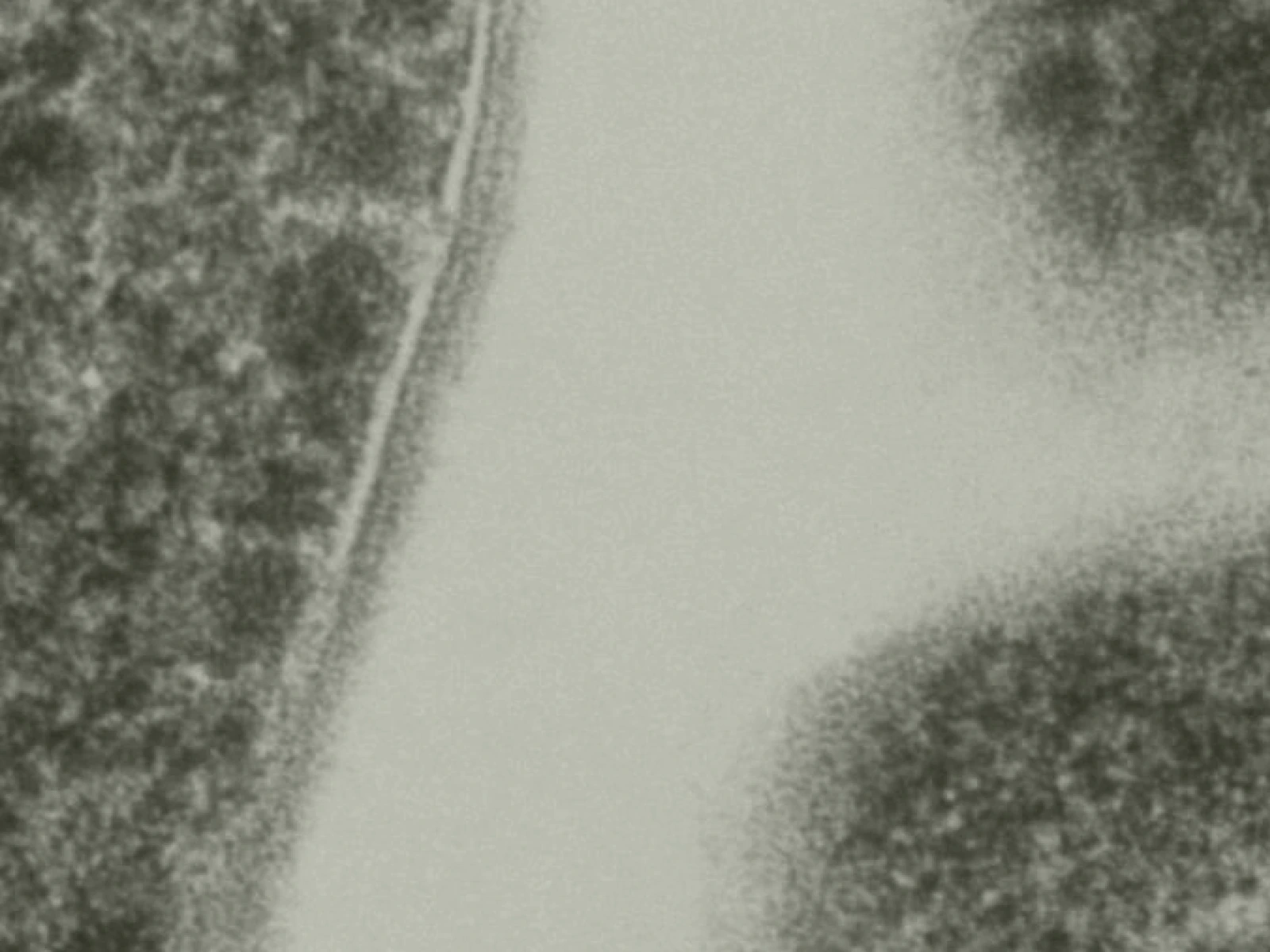BLACK FRIDAY IS HERE - UP TO 30% OFF
News
8 Minutes

The Urea Cycle: Your body's detox pathway for ammonia
Behind the scenes, the urea cycle keeps you in balance. It clears toxins, supports nitric oxide, and helps your body recover faster.
02/10/2025
Every day, your body breaks down protein from food and from your own tissues. One by-product of this process is ammonia - a compound that’s toxic at high levels. To keep you safe, your liver runs a specialised process called the Urea Cycle.
The Urea Cycle converts ammonia into urea, which your kidneys then excrete in urine. It sounds simple, but this pathway does far more than detoxification. It also links into cardiovascular health and muscle function, making it central to both energy and long-term resilience.
Why the Urea Cycle matters
A well-functioning Urea Cycle supports:
- Detoxification: clearing ammonia before it builds up to harmful levels.
- Cardiovascular health: producing nitric oxide (NO), a signalling molecule that widens blood vessels and supports healthy blood flow.
- Muscle function: regulating amino acids and energy production during exercise or recovery.
When the cycle slows down, ammonia can accumulate, nitric oxide production may falter, and oxidative stress can rise, all of which place extra strain on your heart, muscles, and energy systems.
At Stride, we’ve found that 19% of our customers show some level of Urea Cycle impairment, meaning nearly 1 in 5 may benefit from extra nutritional or lifestyle support for this pathway.
The DNA connection
Your genes help determine how efficiently your Urea Cycle runs:
- NOS3: makes an enzyme called endothelial nitric oxide synthase, which produces nitric oxide in blood vessel walls. This process requires BH4 (from the BH4 Cycle) as a cofactor. Variants here can reduce NO production, affecting blood flow and increasing cardiovascular risk.
- SOD2: makes an antioxidant enzyme (superoxide dismutase) that neutralises superoxide, a damaging free radical. Variants here can reduce protection, raising susceptibility to oxidative stress.
Together, these genes influence not only detoxification but also how well your cardiovascular system adapts to stress.

Explore each pathway in depth: BH4. Folate. Methionine, Transsulfuration
Supporting your Urea Cycle
You can help this pathway function smoothly through simple, evidence-based steps:
- Folate & BH4 support: folate-rich foods like green leafy vegetables, legumes, and liver, as well as methylfolate supplements, help maintain nitric oxide production.
- Boost antioxidants: vitamin C (citrus, peppers, broccoli), vitamin E (nuts, seeds), and manganese (shellfish, wholegrains, leafy greens) protect against oxidative stress when SOD2 activity is reduced.
- Eat for nitric oxide: foods like beetroot, spinach, peanuts, and rocket naturally raise NO levels. Even simple habits like nasal breathing can improve nitric oxide availability.
- Test wisely: a Blood Urea Nitrogen (BUN) test checks kidney clearance of urea, while an ammonia test can reveal if levels are building up. Both provide clarity on how well this cycle is running.
Why clarity matters
The Urea Cycle might not get much attention, but it’s the body’s primary way of preventing ammonia overload and directly connects to cardiovascular and muscle health.
With 19% of StrideDNA customers showing impairment, this pathway is more commonly affected than some others. That means for nearly one in five people, optimising detoxification and nitric oxide production could unlock better energy, circulation, and recovery.
When you know how your Urea Cycle is working, you can stop guessing and start supporting your biology with precision.






